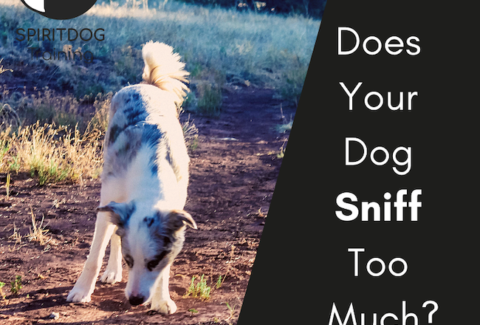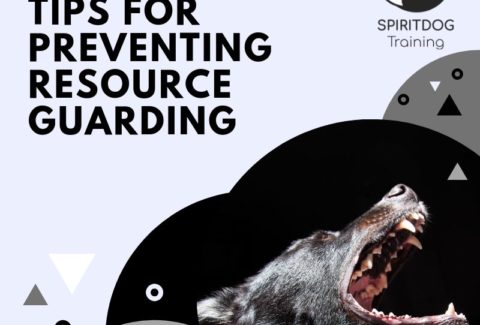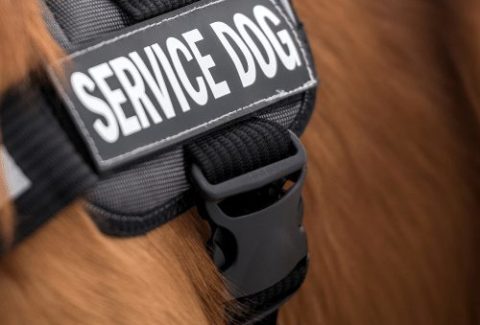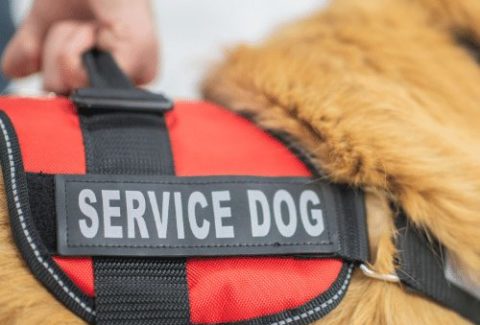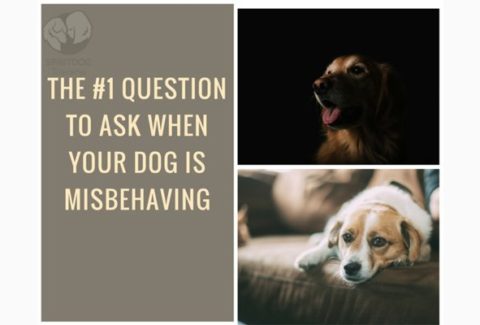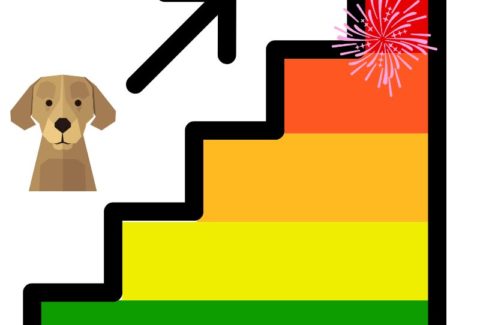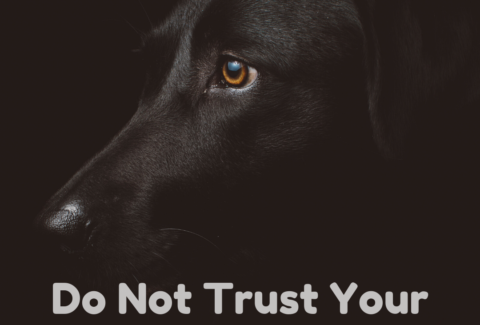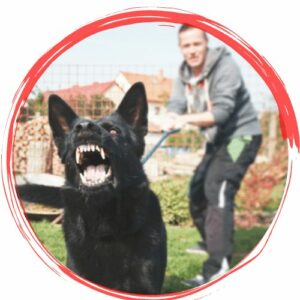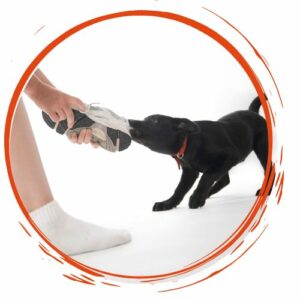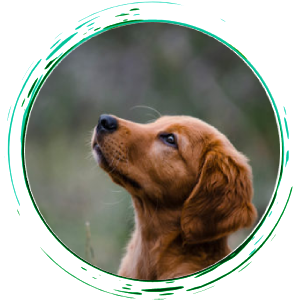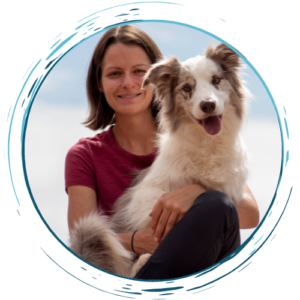Why I Don’t Train Eye Contact
May 9, 2021 2021-05-24 14:01Why I Don’t Train Eye Contact
Why I Don’t Train Eye Contact

The favorite command among all dog owners is “Watch Me”. I don’t train my own dogs to do it, and I don’t teach clients’ dogs to make eye contact when told.
Here is why:
Eye contact needs to be voluntary to be pleasant
Eye contact is a very powerful means of communication for social animals. Avoiding or refusing eye contact, initiating eye contact, holding a gaze for a long time vs just a short moment all have different meanings in different situations – from “Let’s play” over “I am not interested in interacting” to “You want to fight it out?”.
A lot of eye contact communication happens subconsciously and without us being aware.
When humans meet friends for example, we lock eyes with them for a brief moment, then avert our gaze slightly to the side. This is an appeasing gesture that signals peaceful intentions in our interactions.
Having others insist on prolonged, forced eye contact is strange or uncomfortable at best and threatening at worst. Imagine an employer, family member or friend asking you to look them in the eye – it would be an unusual and somewhat restricting request. Our subconsciousness dictates how long we hold a gaze and how often we initiate it, and any attempt to influence this instinctive desire to communicate with it will feel conflicting.
This leads to:
Attention results in eye contact, but not the other way around
Attention naturally results in making eye contact. If we are listening intently to someone, we will look at them (again, this happens subconsciously and without us actively making it happen). If your dog is listening intently to you, he will make eye contact.
Unfortunately we cannot turn this relation around – forcing eye contact doesn’t make someone listen to us with interest. We cannot create engagement on our dog’s side by asking for eye contact, we need to create engagement by making engaging with us really fun.
This also means that:
Lack of eye contact is your dog’s feedback
We need feedback in dog training in order to improve. That is why we visit our weekly training class, look online for solutions to our training struggles, ask experts, and visit seminars. The most important feedback though comes from someone who is much closer to you than any professional: your dog.
No one can tell you whether your training is working as well as him. And no one can tell you what is not working as well as him.
If your dog has been engaged and happy throughout a training session, then suddenly averts his gaze, do not ask him to look at you – you can gain a lot of knowledge by investigating why exactly he broke his focus. Did you advance your criteria too rapidly and your rate of reinforcement dropped? Is there a novel distraction you need to address? Did your dog maybe just eat too much and is full?
Did you switch reinforcers and your dog is less enthusiastic about the new one? Did you possibly ask your dog to do something that might cause him physical discomfort (this happened to me when one day my own dog would avert his gaze when I asked him to sit – I investigated and found some burs burrowed deeply in his butt fluff)?
Do not waste this chance of having your dog tell you what can be improved in your training.
Eye contact is not needed all that much
I can think of very few, if any, situations in daily life where direct eye contact is required. A dog looking at my chin, my shoulder, my hand or my hip instead – sure, I will take that. A dog being distracted by another dog – I would rather work on my dog’s anxiety around this other dog than having him look at me and not address the underlying problem.
A dog staring at the treat in my hand instead of looking at my face – I will teach him that he needs to do something for me first, show some initiative and creativity, instead of just telling him to look at me.
Focus comes when training is fun
If you are giving your dog choices, provide highly valuable reinforcers and skip the corrections, you will be such fun that your dog will offer you his undivided attention without you having to ask for it.
Training with you should be a privilege for your dog, not something you have initiate by telling him to look at you. Instead, he will try to catch your eyes and attention to make start his favorite activity: working with you.
Change your mindset from you making training happen by making your dog look at you – to your dog making training happen by offering engagement and behaviors he has learned and that have paid off in the past.
I have never trained my dogs to look at me, but they look at me very well 😉
Happy training! Make it fun and successful for your dog.

